Up Next

The 2020 Formula 1 season is at the mercy of a pandemic. When the campaign begins – and the form it eventually takes – is in the hands of the coronavirus outbreak.
Putting together the F1 calendar is a complicated puzzle. It’s been finished for months, but now the organisers need to put a new one together. Only now it’s even more complex, they’ve got less time to do it, and not all the pieces fit.
If things proceed as hoped, the 2020 calendar will kick off at “the end of May”. Whether that means the May 24 Monaco Grand Prix is uncertain. Paddock rumour last Friday had June’s Azerbaijan Grand Prix as the likeliest starting point instead.
So, with Baku as our opening round, here is our best proposal for how the 2020 season can be saved and still hit F1 managing director of motorsport Ross Brawn’s target of “18 to 19 races”.
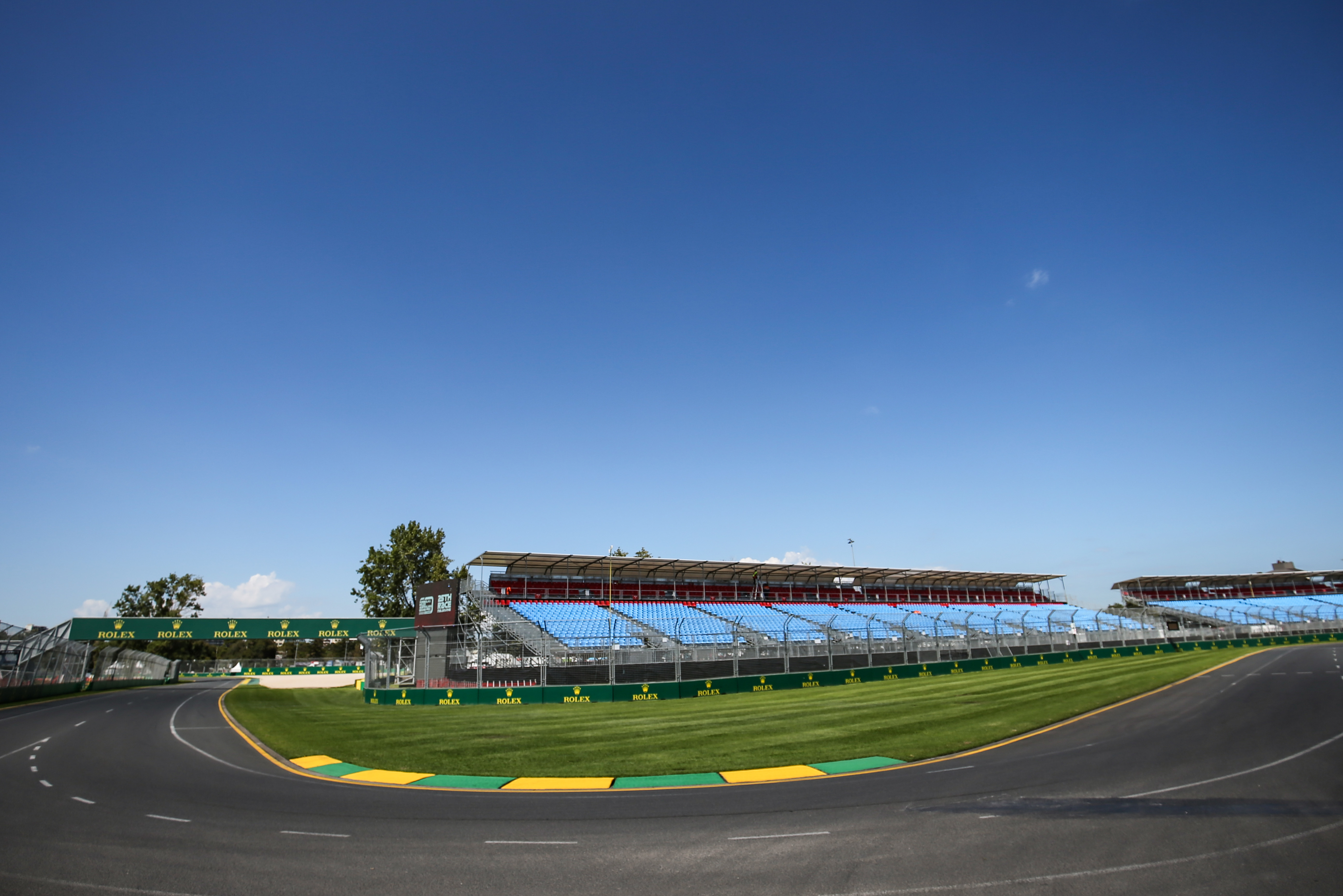
Which races can be saved?
The first step is assessing which races are best to target for rescheduling.
As good as the Australian GP is, this race is gone for 2020. Organisers talked with hope of being able to reschedule, but the logistics of getting to Australia and the awkwardness of rebuilding the Albert Park circuit and likely local opposition make it very difficult to justify.
As Australian Grand Prix Corporation boss Andrew Westacott admitted, leaving the circuit in place for a few months isn’t an option.
Bahrain is a strong ‘joker’ race for F1 as it has the most flexibility. It could almost be slotted in anywhere as holding the race at any time of the year is valid and it is a government event, so there will no shortage of support.
Vietnam’s tricky to judge because there have been rumblings of dissent in Hanoi. The private backers of the race are thought to be very keen for it to happen but there was an obvious clash there with government policy.
We also do not know for certain how flexible the race is: the track has been finished, but how much of what it utilises of Hanoi’s roads can be taken over whenever F1 suits later in the year?
This GP’s fate might hang on how much Liberty wants it to happen as a new race, which is undoubtedly motivation for the commercial rights holder to save it. But its fate appears dependent on it fitting into the schedule, rather than being something to shape the schedule around.
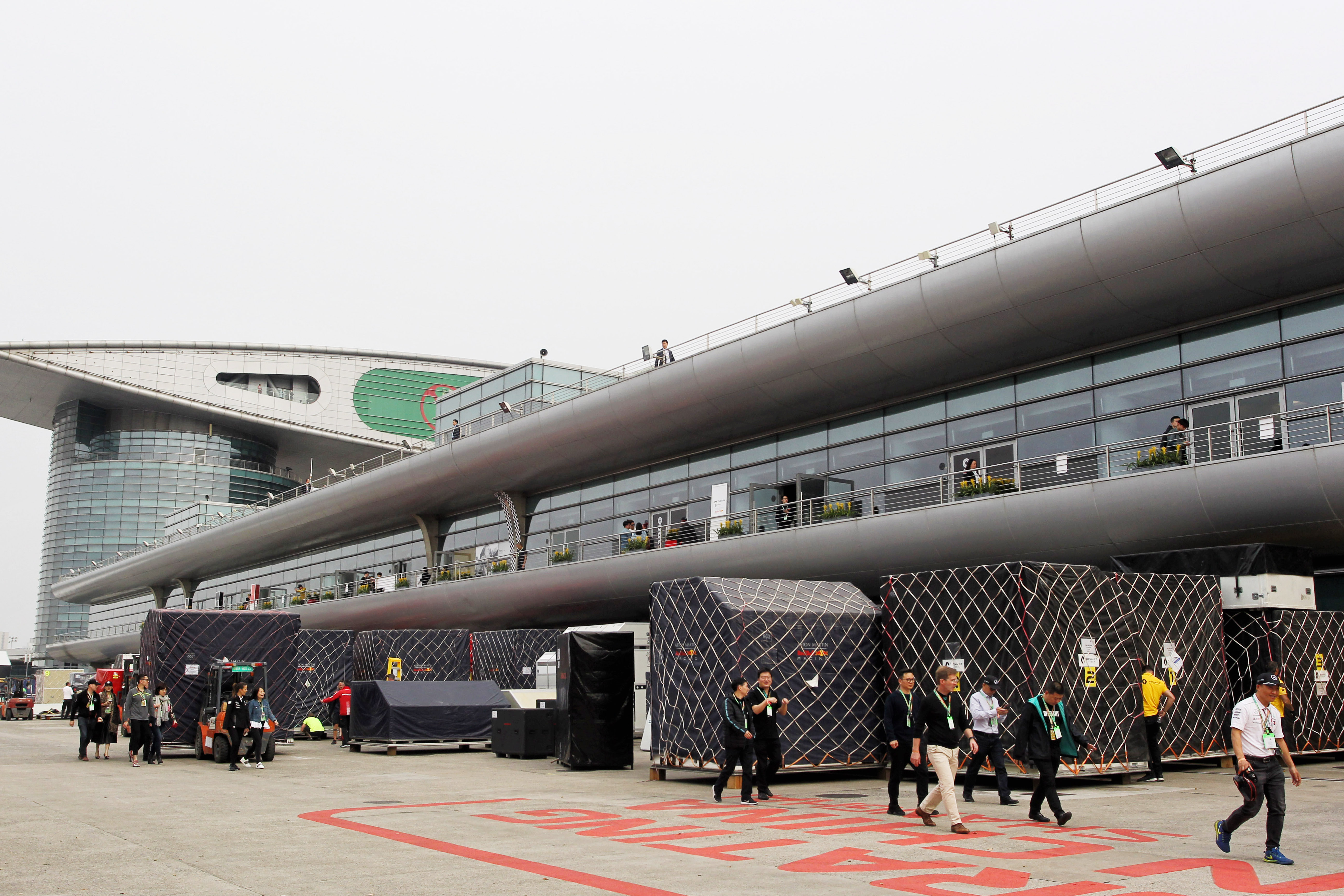
Conversely, China must be considered a probable returnee now. F1 and the teams were always keen because of the money attached to it. It did not look easy to slot back in initially, but now so much of the calendar has been torn up, it is easier to justify a bigger rejig to make Shanghai possible.
A range of factors support Zandvoort’s ability to slot into a reshaped calendar. As a European race it is geographically easier to accommodate but more importantly it has huge ticket sales given Max Verstappen’s popularity and has attracted support from F1 sponsor Heineken. Plus, like Vietnam, it’s a ‘Liberty race’.
Spain is another one on the brink. It has been vulnerable for a while and managed to earn a one-year reprieve for 2020 but with finances a long-running issue and other races more valuable to Liberty Media, Barcelona is another obvious candidate for sacrifice.
Monaco, which may yet count itself a candidate to start the season, might take a view that it is quite flexible. The Historic GP that runs two weeks before means the circuit must be built once, rather than constructed for the historic event and then again months later for the F1 race.
But the coronavirus situation means the Historic GP surely won’t happen on May 11, which means that could all be shuffled elsewhere. The fact Monaco doesn’t pay makes it vulnerable, but it is a showpiece ‘prestige’ race and will be accommodated if possible.
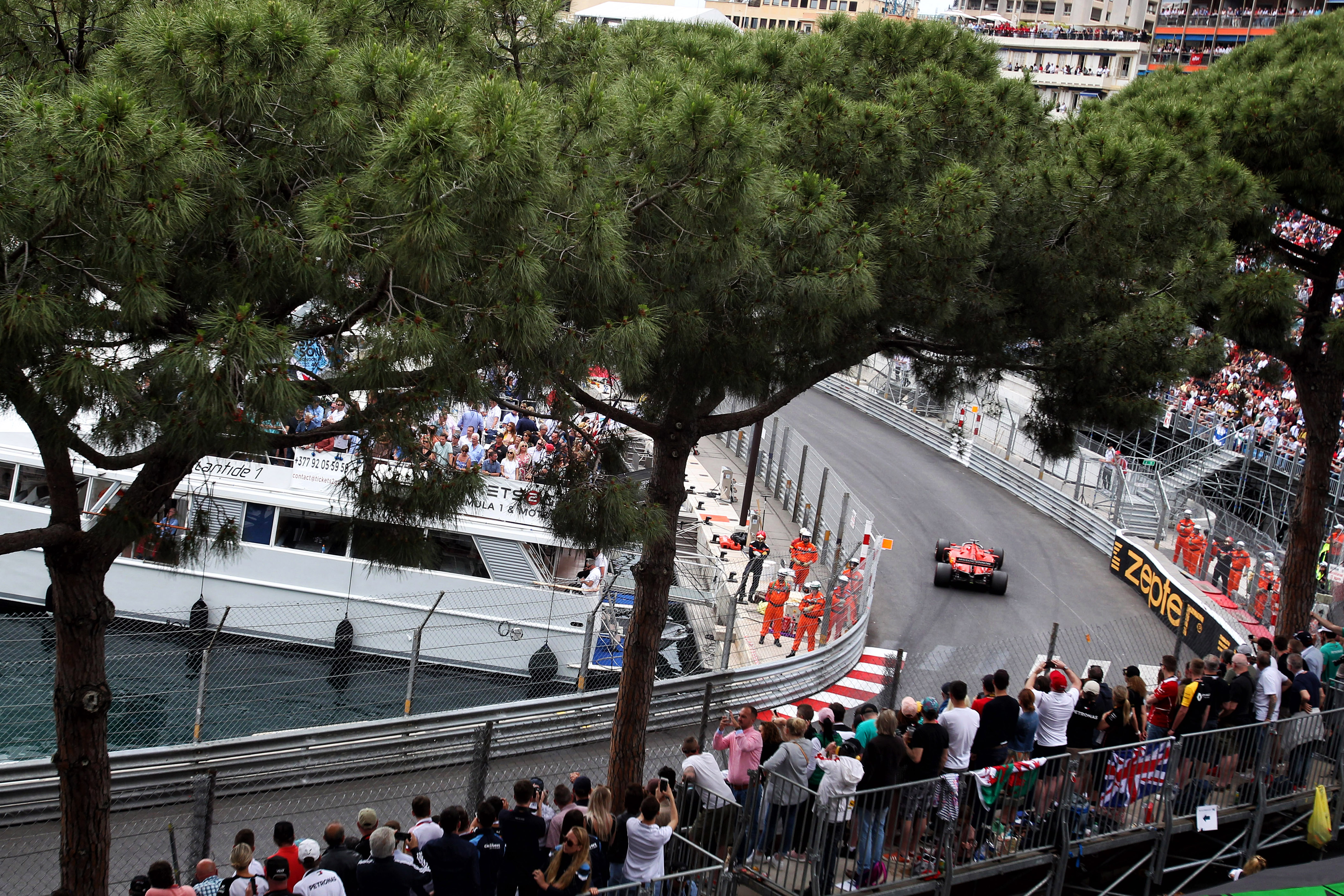
So how do we fit them in?
Based on the above we are looking to prioritise China and the Netherlands, with Vietnam or Monaco a rescue job as well and Australia and Spain falling by the wayside.
There are two ways of slotting in the postponed races. They can either fill existing gaps in the calendar, by creating double- and triple-headers or slotting into a shortened or cancelled summer break, or fill gaps created by other races being moved back.
The solution depends on the race in question and how they fit in logistically with the others around them.
Zandvoort and Monaco, for example, may piggyback onto other European races.
To ease the burden of double-header and triple-headers in Europe, F1 could ban big motorhomes to make it easier to move stuff around. We know Brawn wants to get rid of the ‘gin palaces’ anyway.

The European leg currently begins in France on June 28, then Austria a week later. Then there’s a free weekend, the British GP, a free weekend, and the Hungarian GP. That leads into the summer break.
If it is possible to move back the British GP, that would create a three-week window for a triple-header of France/Austria/the Netherlands. However, that would create a clash for Silverstone with Formula E in London, which is not really an option.
So it seems logical to keep France/Austria as a double-header and move the Dutch GP in between Britain and Hungary, committing that to be a triple-header.
Budapest has run back-to-back with Germany before, and Silverstone’s not always been a standalone. This would be more aggressive than those races are used to but at least the circus would be moving across Europe in one direction.
That creates a calendar up to the traditional summer break that looks like this:
Azerbaijan GP: June 7
Canadian GP: June 14
French GP: June 28
Austrian GP: July 5
British GP: July 19
Dutch GP: July 26
Hungarian GP: August 2
The summer break has baked a three-weekend gap into the calendar, which means August might be the best time to reintroduce Vietnam.
Heading to Hanoi then would guarantee a hot race but even a cursory glance at the seasons there suggests temperatures would not be unmanageable. It would slot in quite nicely as a run of: Hungarian GP > weekend off > Vietnam GP > weekend off > Belgian GP.
If Vietnam is unfeasible, Monaco would theoretically slot into the schedule in August very easily.
If F1 is determined to keep Vietnam AND Monaco, perhaps a solution would be for Monaco to slot into August, with Belgium/Italy brought forward one week.
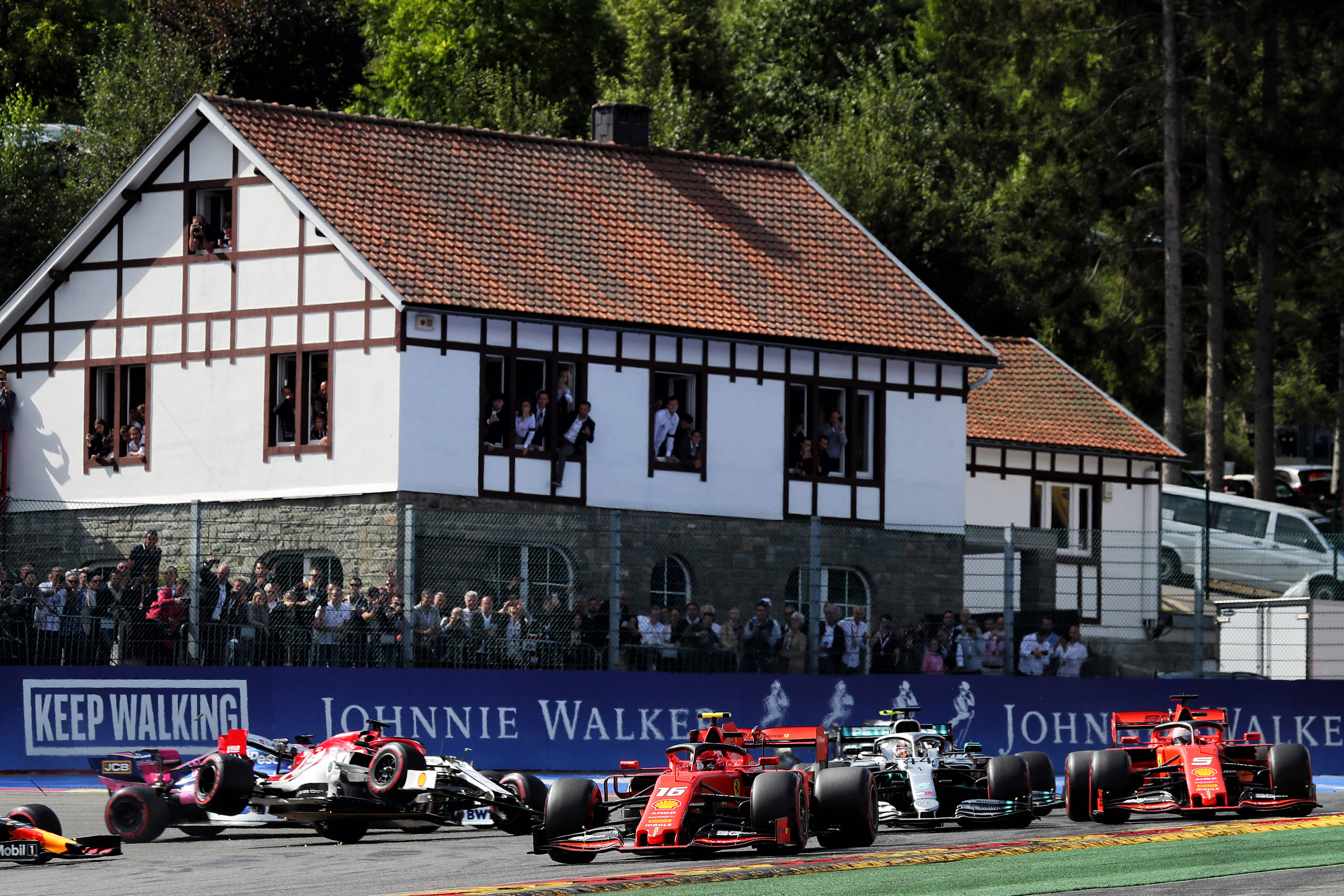
That would free up a week for Vietnam to run on September 13 and run back-to-back with Singapore, which makes sense geographically.
But that would also create a triple-header that ends with Russia, and that’s not desirable. Plus, F1 was keen to avoid Vietnam running close to another race, in case of unexpected customs or travel issues.
So, it looks like it’s either Vietnam or Monaco – not both. With Vietnam a paying race, we’ll give that one the nod.
Then the traditional second half of the season could take place uninterrupted. Something like this:
Vietnam or Monaco GP: August 16
Belgian GP: August 30
Italian GP: September 6
Singapore GP: September 20
Russian GP: September 27
China’s return to the calendar could be secured by making it run back-to-back with its old double-header companion Japan.
That presents a clash with tennis’s Rolex Shanghai Masters but one would imagine this is not a clash of audience.
However, this is where the cooperation of other races is most severe, as it would require the rest of the season to shuffle back a week – otherwise Japan, China, the USA and Mexico would create four races in a row…
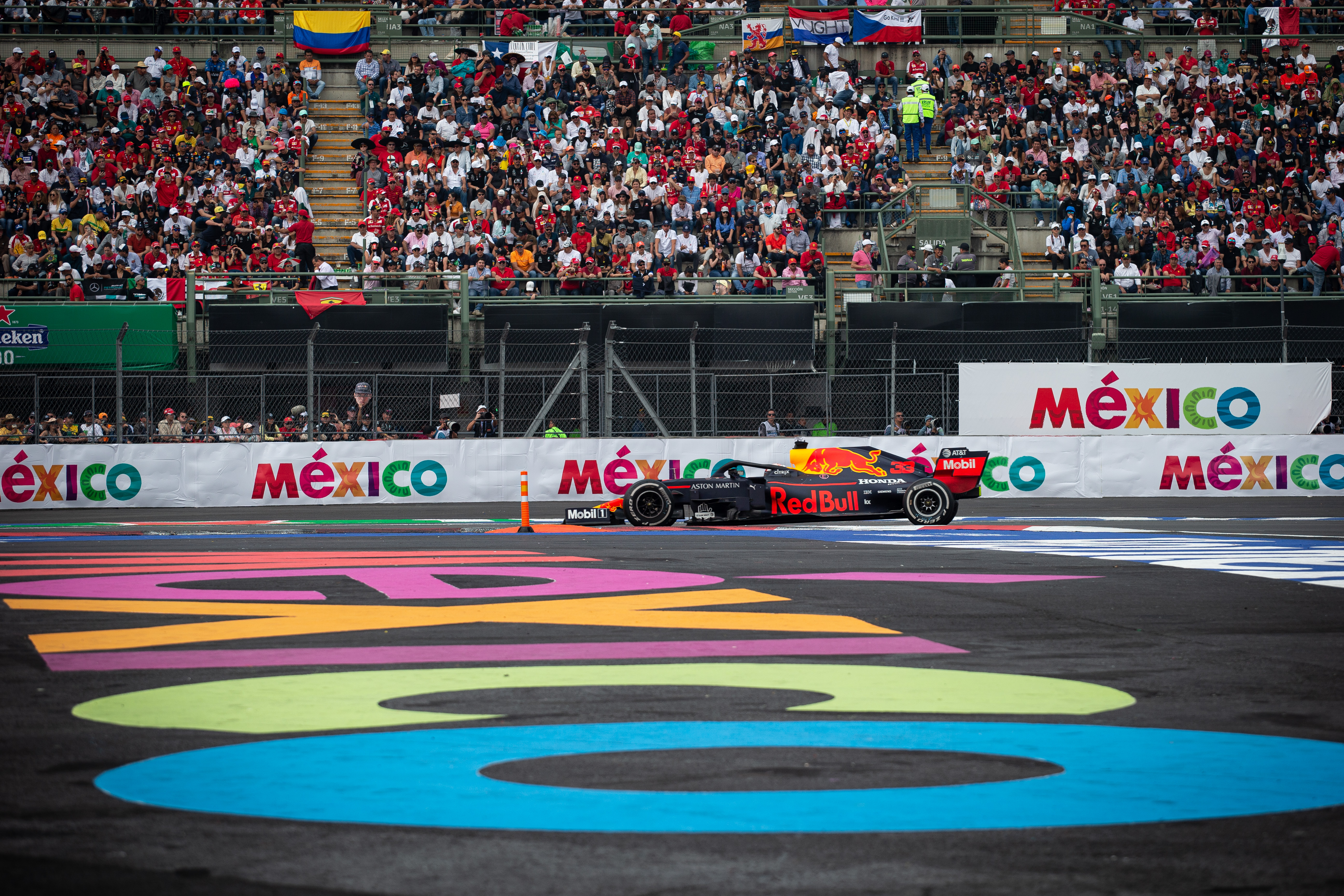
The US and Mexican GPs have shown an inherent willingness to be flexible on dates because they alternate their slots each year. Plus it is far enough in advance than postponing by one week might not be an egregious request. There’s a half-marathon in Mexico City for our suggested date, but that doesn’t seem to be an insurmountable hurdle.
Similarly, the Interlagos round is very important to the local government, so a one-week delay to guarantee the race runs on its own might seem perfectly reasonable to accommodate in the circumstances.
Then, if Abu Dhabi shuffles back one week in December, Bahrain could return to form the first part of a double-header to end the season, without creating an aggressive triple-header of Brazil > Bahrain > Abu Dhabi.
And that means a run-in that looks like this:
Japanese GP: October 11
Chinese GP: October 18
US GP: November 1
Mexican GP: November 8
Brazilian GP: November 22
Bahrain GP: December 6
Abu Dhabi GP: December 13
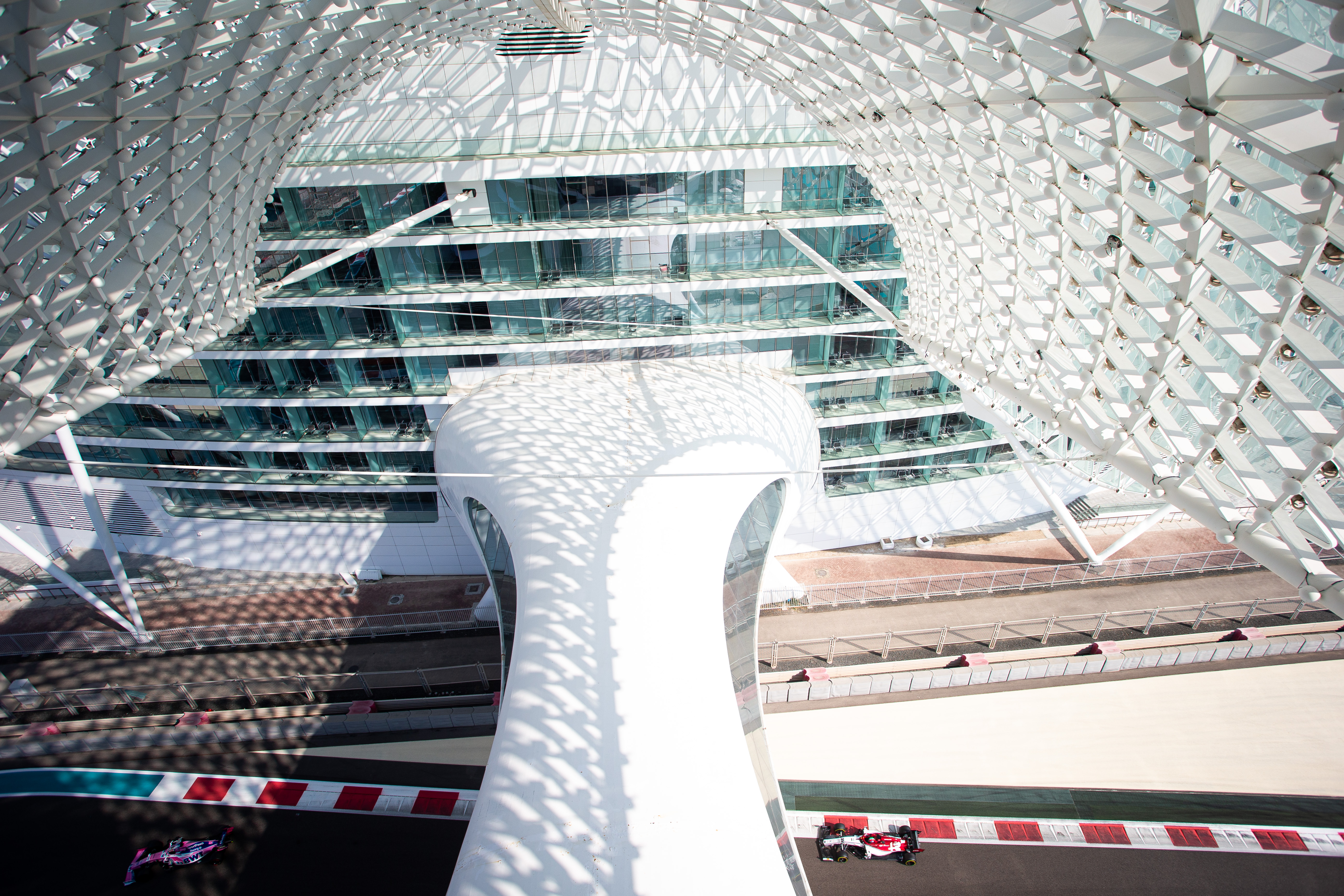
The final reckoning
Our best efforts, without knowing the full extent of contractual details, the flexibility of races like Vietnam or the willingness of other events to shift from their planned dates, provide a seemingly achievable way of reaching 19 races with the season only extended by two weeks and only one triple-header, in Europe.
Australia and Spain fall by the wayside, sadly, while either Monaco or Vietnam are also on the chopping board. The fate of those races may well depend on just how much F1 wants them to happen and the financial implications of their presence.
However, while this outcome appears realistic, it is based entirely on the season start in June, which is when some estimate the impact of the virus may reach its peak in Europe.
If that’s the case, there are even more races to rejig, and even less time to fit them in.
And it doesn’t factor in a race refusing to move from a current date, either.
To put it another way: the current circumstances represent the bare minimum of complexity.
The task could feasibly be even harder, which is an extremely unenviable position for F1 to be forced into.

Our 2020 F1 calendar ‘proposal’
Azerbaijan GP: June 7
Canadian GP: June 14
French GP: June 28
Austrian GP: July 5
British GP: July 19
Dutch GP: July 26
Hungarian GP: August 2
Vietnam or Monaco GP: August 16
Belgian GP: August 30
Italian GP: September 6
Singapore GP: September 20
Russian GP: September 27
Japanese GP: October 11
Chinese GP: October 18
US GP: November 1
Mexican GP: November 8
Brazilian GP: November 22
Bahrain GP: December 6
Abu Dhabi GP: December 13




